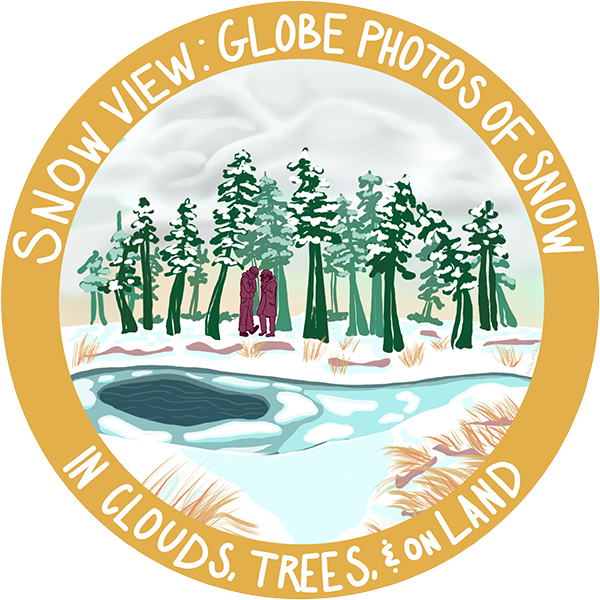Campaign & IOP Archive
Campaign & IOP Archive
Past GLOBE Field Campaigns and Intensive Observation Periods (IOPs) can be viewed here.
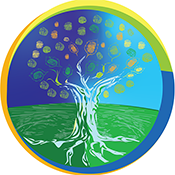 |
Year of Climate and Carbon Campaign During this campaign, a deeper understanding of climate was facilitated through data collection using GLOBE protocols as well as learning activities in and out of the classroom. Specifically, students explored the Green-up, Green-down and Carbon Cycle protocols that align with the North America Phenology Campaign, the Trees Around the LAC Campaign, the European Phenology Campaign and other ongoing climate-related GLOBE initiatives across the GLOBE community. |
 |
Great Global Investigation of Climate The Great Global Investigation of Climate focused on defining local climate through GLOBE protocols and the student inquiry question "What is my climate and how has it changed?" Students were asked to collect and enter temperature and precipitation data in the GLOBE database and investigate how to classify local weather and climate using atmospheric data. |
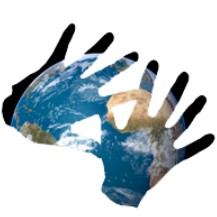 |
Student Climate Research Campaign The GLOBE Student Climate Research Campaign aimed to engage students around the world in measuring, investigating and understanding the climate system in their local communities and the world. Drawing on GLOBE protocols and data — and other important data sets — students took climate-related measurements and investigate research questions about climate during the two-year campaign. |
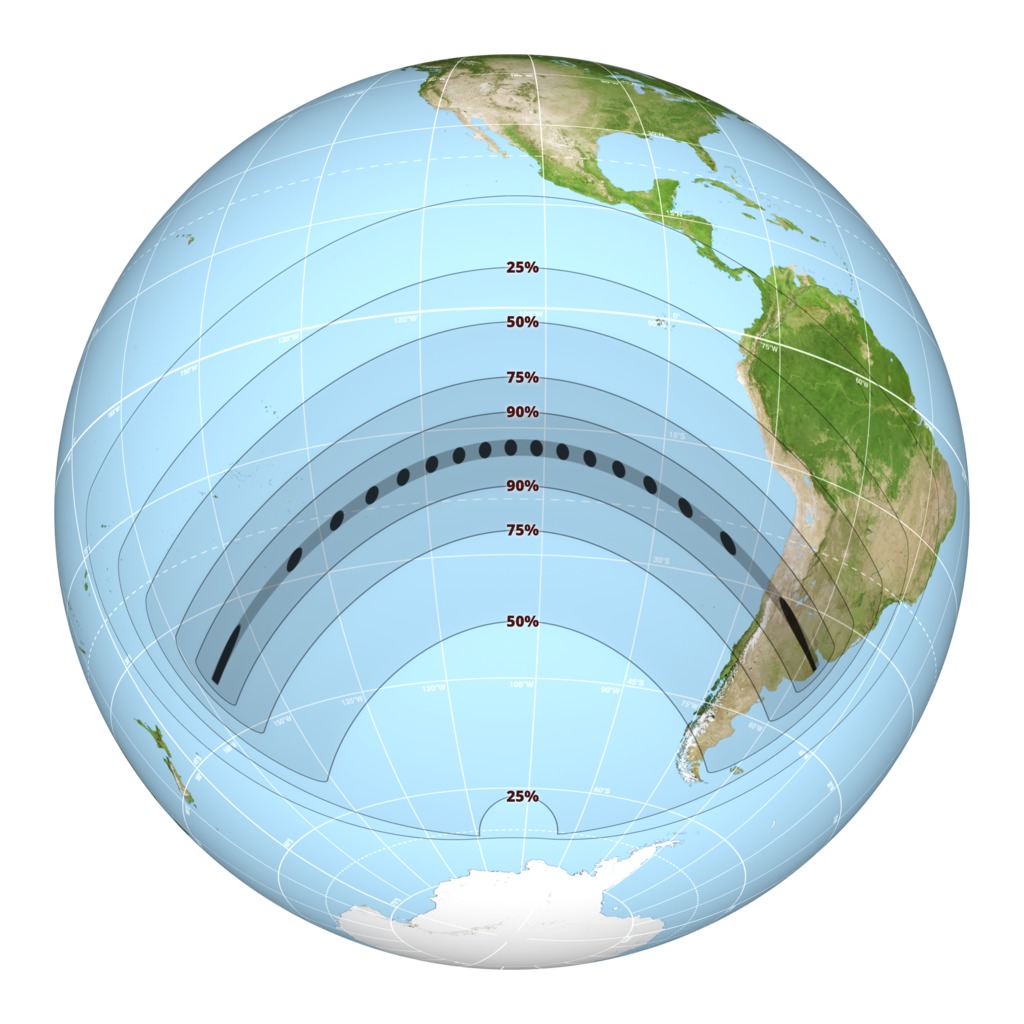 |
Solar eclipses provide an excellent opportunity to explore a dramatic natural phenomenon through science and learning activities. Learn about how solar radiation affects the Earth's various ecosystems through temperature changes, wind patterns, and many other impacts on environmental parameters. |
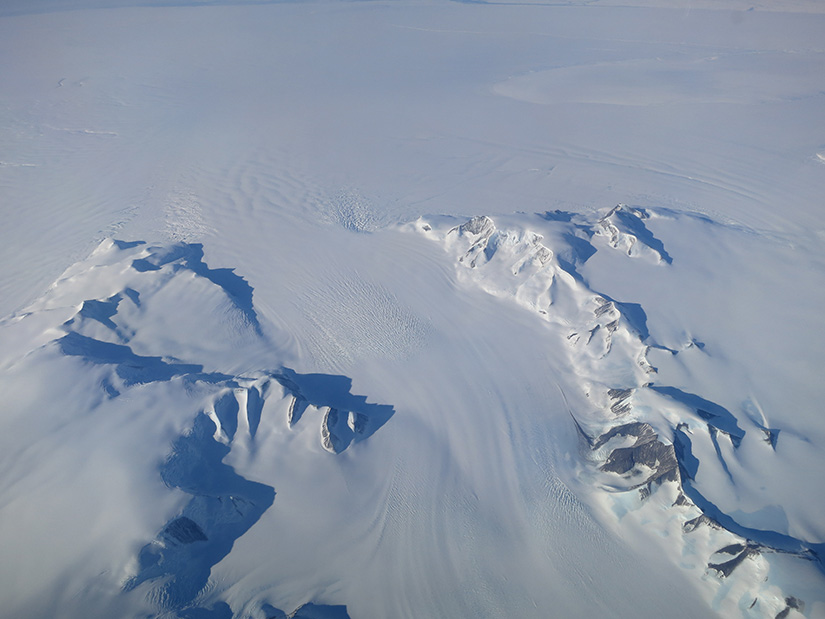 |
The Frost Tube Regional Campaign Learn how to construct a Frost Tube and insert it into undisturbed and uncompacted soil. During the colder months, you can measure the depth to which water in the Frost Tube has frozen, which indicates the depth to which surrounding soil is frozen as well. You can also explore how to check frost depth, upload data to the GLOBE database, and review that data in GLOBE's Visualization System. |
 |
Phase III of the ENSO Student Research Campaign: Water in Our Environment Phase III of the GLOBE ENSO Student Research Campaign is known as Water in Our Environment. The Water Cycle guides where water is within our Earth system. Earth is a truly unique in its abundance of water. Water is necessary to sustaining life on Earth, and helps tie together the Earth's lands, oceans, and atmosphere into an integrated system. This campaign used a set of guiding investigative questions that allow students to answer questions about water in our environment, while thinking about the influence of water, globally. Each one of these questions are aligned to a specific suite of suggested GLOBE measurement protocols that will help answer each question. The number of protocols that a teacher had their student undertake was up to the teacher. |
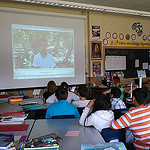 |
From Learning to Research (2011-2013) The From Learning to Research Project was funded by an NSF-ITEST (Innovative Technology Experiences for Students and Teachers) grant. L2R sought to establish a successful model for teacher-student-scientist interaction using 21st Century Technologies. Teachers and students involved in L2R learned more about careers in Earth Sciences and working with scientists, schools, and the L2R staff to create locally-relevant environmental projects. Participating teachers attended a one-week summer institute and then regular webinars throughout the school year. |
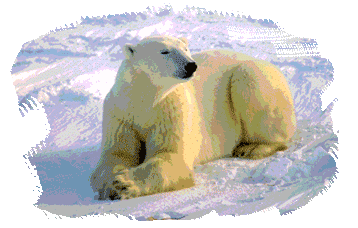 |
International Polar Year (2007-2009) Scientific research and educational activities are planned for IPY to advance our understanding of Earth's polar regions and how they impact the rest of the world. |
 |
GLOBE ONE is a field campaign involving a first hand partnership between students and scientists to collect a structured, multidisciplinary data set designed to answer a research question. The question being asked is: For corn and soybeans, what are the environmental impacts associated with different frequencies and intensities of soil tillage farming, and with different amounts of crop residue left after planting as compared to prairie and urban sites? |
 |
GLOBE El Niño/La Niña Experiment (1997) GLOBE students were able to use their atmospheric measurements to track the effect of El Niño on their local weather. Once the El Niño event subsided, the oppositephenomenon, La Niña, began. Once again, GLOBE students had the opportunity to track the effects of this major event and to help scientists better understand this phenomenon. |
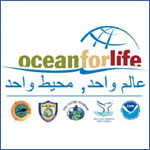 |
Ocean for Life is a GLOBE Near East and North Africa Regional Project developed through a partnership between the National Oceanic and Atmospheric Administration's (NOAA) Office of National Marine Sanctuaries (ONMS), SCUBAnauts International and the GLOBE Program. |
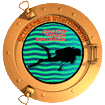 |
The mission of SCUBAnauts International is to expand and promote opportunities for young and emerging explorers by involving them in marine sciences through underwater exploration and research activities, such as environmental and undersea conservation projects, that build character, promote active citizenship, and develop effective leadership skills. |






